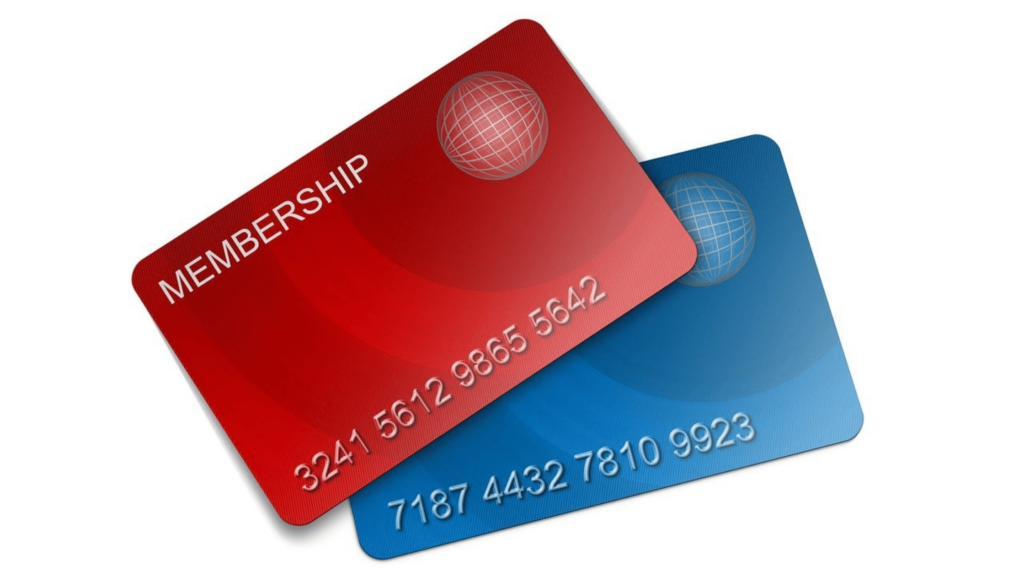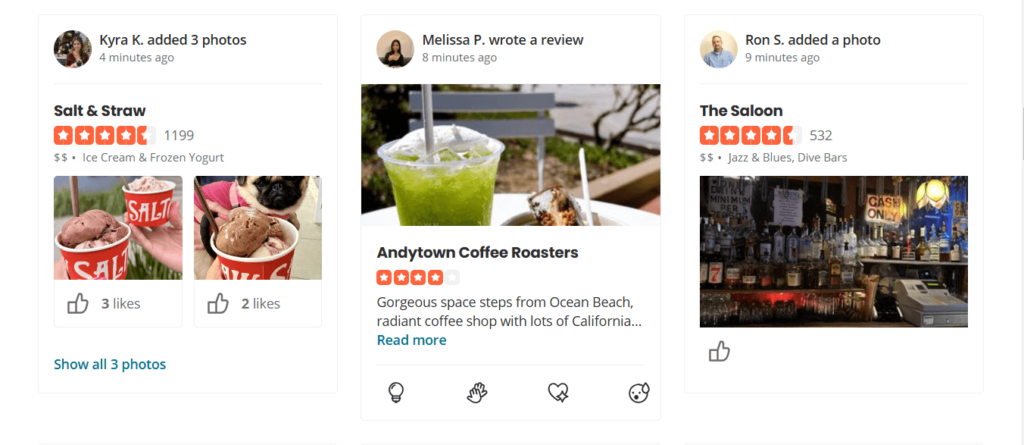How to Monetize a Restaurant Directory Website on WordPress
Have you ever wondered how restaurant directory websites generate revenue? With the global online food delivery market projected to reach $1.45 trillion by 2027, restaurant directories are more valuable than ever. Yet, many website owners struggle to seal their full profit potential.
Simply listing restaurants isn’t enough to drive sustainable income. Without a clear monetization strategy, your website might attract traffic but fail to convert it into revenue. Many directory owners miss out on key income streams, such as premium listings, featured placements, or affiliate partnerships, leaving money on the table.
Whether it’s through paid restaurant promotions, reservation commissions, or exclusive subscription plans, you can turn your directory into a profitable business.
In this blog post, we will walk you through the most effective ways to monetize your restaurant directory website on WordPress—so you can maximize earnings while providing value to both restaurant owners and food lovers.
Let’s dive in.
Why Monetizing a Restaurant Directory Website is a Profitable Venture
Monetizing a restaurant directory website can be highly profitable due to its ability to meet the growing demand for dining information, offer diverse revenue streams, and scale efficiently. Below are the key reasons why this business model is lucrative.
i. High demand for restaurant information
People are constantly searching for places to eat, whether they are locals or tourists. A restaurant directory serves as a centralized platform where users can access essential details such as menus, reviews, ratings, and locations. This consistent demand ensures a steady traffic flow to the website, creating monetization opportunities.
ii. Diverse revenue streams
A restaurant directory website can generate income through multiple channels, making it a versatile business model. These revenue streams include.
- Advertising: Restaurants and food-related businesses are willing to pay for premium listings, banner ads, or sponsored content to attract more customers.
- Subscription fees: Restaurants may pay a recurring fee to access enhanced features like analytics, customer insights, or promotional tools.
- Affiliate marketing: Partnering with food delivery services or reservation platforms can generate commissions.
- Lead generation: Charging restaurants for customer inquiries or leads generated through the website.
- Sponsored content: Featuring articles, reviews, or videos sponsored by restaurants or food brands.
iii. Scalability
Once the website is established, it can easily scale by adding more restaurants, expanding to new regions, or integrating additional services like online reservations or food delivery. The marginal cost of adding new listings is low, allowing revenue to grow without a significant increase in expenses.
iv. Recurring revenue
Subscription models and recurring advertising contracts provide a predictable and steady income stream. Restaurants are likely to renew their subscriptions or ad placements if they see a return on investment, such as increased customer traffic or sales.
v. Data monetization
A restaurant directory website collects valuable data on user preferences, dining habits, and trends. This data can be monetized by offering insights to restaurants, food brands, or market researchers. Additionally, the data can enhance targeted advertising, making the platform more attractive to advertisers.
vi. Partnership opportunities
Collaborating with food delivery services, event organizers, or tourism boards can open up additional revenue streams. For example, the website could partner with a food delivery service to earn a commission on orders placed through the directory.
vii. Low operational costs
Compared to running a physical restaurant, the operational costs of maintaining a restaurant directory website are relatively low. Once the initial development and marketing costs are covered, ongoing expenses are primarily related to hosting, maintenance, and customer support.
viii. Global reach
A restaurant directory website can attract users from around the world, especially if it includes listings in popular tourist destinations or major cities. This global reach increases the potential audience and revenue opportunities.
ix. User engagement and retention
By offering features like user reviews, ratings, and personalized recommendations, the website can increase user engagement and retention. Engaged users are more likely to return to the site, increasing the chances of generating revenue through ads, affiliate links, or other monetization strategies.
x. Trends in online food discovery
The trend of discovering and ordering food online is growing rapidly. With the increasing use of smartphones and the internet, more people are turning to online platforms to find restaurants, read reviews, and make reservations. A restaurant directory website is well-positioned to capitalize on this trend.
How to Monetize a Restaurant Directory Website on WordPress- Proven Ways
Creating a restaurant directory website can be a profitable venture when monetized strategically. With WordPress themes like dRestaurant and plugins such as Directorist, you can implement multiple revenue-generating methods to turn your platform into a sustainable business.
Here are some amazing options to monetize your restaurant directory website.
Charge restaurants for listings

One of the most effective ways to monetize your restaurant directory is by offering paid listings. Restaurants can pay a fee to be included in your directory, with different pricing tiers based on the features they receive. For instance, a basic listing might include just the name and address, while a premium listing could feature photos, social media links, and even a customer review section.
Many directory websites follow this model, with Yelp’s paid business pages generating millions in revenue. You can set up monthly or annual subscriptions to ensure a steady income. With the Directorist plugin, you can automate payments and offer flexible listing plans to restaurants looking for better visibility.
Offer featured listings & rank boosts
Not all restaurants want to be buried among hundreds of listings. By offering a “Featured Listing” option, businesses can pay extra to appear at the top of search results. You can also provide a temporary rank boost where restaurants pay for priority placement for a set period, such as during holiday seasons when restaurant searches peak.
A great example is Zomato, which charges restaurants to appear at the top of searches. Many businesses gladly pay for this premium placement because higher visibility often leads to more bookings and foot traffic. If your website gains strong organic traffic, featured listings alone can become a significant revenue stream.
Sell advertisement space

Advertising is a tried-and-tested revenue model that works well for directory websites. You can sell banner ads, sidebar placements, and even pop-ups to restaurants or food-related brands looking for exposure. Using Google AdSense, you can also earn money by displaying relevant ads automatically on your site.
For instance, OpenTable monetizes through restaurant ads, charging businesses to promote their special offers. You can follow a similar model by offering sponsored content where restaurants pay to have their promotional articles, videos, or special menus showcased on your directory. This method not only generates income but also enriches your site’s content.
Enable online booking commissions
If your directory allows users to make table reservations, you can charge restaurants a commission per booking. Many platforms, like Resy and OpenTable, make money by taking a small percentage of each reservation. You can integrate a WooCommerce Bookings system or use third-party reservation tools to set up this feature.
For example, OpenTable charges restaurants a flat fee per seated diner, which adds up to substantial earnings over time. If your website attracts a good number of visitors looking for restaurants, this commission model can become a highly lucrative revenue stream, as restaurants will gladly pay for confirmed customers.
Implement membership plans

Rather than charging per listing, you can introduce a monthly or annual membership plan where restaurants pay for continued presence on your directory. Membership plans can offer exclusive benefits, such as detailed analytics, priority listing placement, or access to lead generation tools that help restaurants reach more customers.
Platforms like Thumbtack and Angi (formerly Angie’s List) use this model, generating revenue through business memberships. If your directory becomes a go-to resource for diners in a specific city or niche (e.g., vegan restaurants), restaurants will see the value in subscribing to maintain their presence.
Generate revenue through affiliate marketing
Affiliate marketing is a passive way to earn revenue by recommending products or services related to the restaurant industry. You can partner with companies like Square POS, DoorDash, or food supply businesses and earn a commission for every sign-up made through your referral link.
For example, many restaurant software companies offer 10-30% commissions on referred sales. If your directory includes blog content or guides on restaurant management, you can embed affiliate links within your articles to generate income without directly charging restaurants. This approach works particularly well if your directory attracts restaurant owners and managers.
Monetize reviews & ratings
Many restaurants rely on customer reviews to build credibility, and some may be willing to pay for premium review management services. You can offer a service where restaurants pay a fee to get verified, highlighted, or featured within a special “top-rated” section.

For instance, Trustpilot offers businesses a paid plan to manage and highlight their best reviews. You can take inspiration from this model and allow restaurants to promote their five-star ratings, showcase video testimonials, or even feature detailed editorial reviews for an additional cost.
Sell event listings
Restaurants frequently host special events like chef’s table experiences, and holiday buffets, which require promotion. You can charge businesses to list their events on your directory, ensuring they reach a broader audience.
Websites like Eventbrite make millions from event promotions by charging event organizers per ticket sale. This method can be highly effective if your directory has a strong local following.
Offer a leads generation service
Restaurants are constantly looking for potential customers, whether for catering services, private dining, or corporate meal plans. You can monetize your site by collecting customer inquiries and selling qualified leads to restaurants.
For example, HomeAdvisor makes money by selling leads to home service providers and charging businesses for each customer inquiry. You can adopt a similar model by creating request forms where customers submit their dining preferences and then charge restaurants a fee for access to those leads.
Sell digital products
Selling digital products is another way to create a passive income stream. You can develop eBooks, guides, or online courses related to restaurant marketing, food photography, or menu optimization and sell them to restaurant owners and food bloggers.
Websites like Udemy and Teachable show that digital courses can be a major revenue generator. If your directory attracts food business owners, offering an in-depth course on “How to Grow Your Restaurant’s Online Presence” can be a great way to earn extra income while positioning yourself as an industry expert.
Directorist – The Ultimate Tool for Monetizing a Restaurant Directory Website

If you’re looking for a powerful tool to monetize your restaurant directory website, Directorist is the perfect solution. This WordPress directory plugin allows you to create a fully functional restaurant listing site with multiple monetization options.
With Directorist, you can charge restaurants for paid listings, featured listings, rank featured listing, claim a listing, pay-per-submit, subscriptions, etc.
Moreover, it integrates with PayPal, Stripe, and WooCommerce, making it easy to process payments. Plus, it offers Google Maps integration, unlimited custom fields, and a modern user dashboard to enhance user experience. Many successful directory websites rely on Directorist to scale their businesses, proving its effectiveness in turning a simple listing site into a revenue-generating platform.
Final Thoughts
Monetizing a restaurant directory website on WordPress is not just possible—it’s a lucrative opportunity if done strategically. By implementing a mix of premium listings, featured ads, affiliate marketing, sponsored content, and targeted advertising, you can create multiple revenue streams while providing value to both restaurants and users.
With consistent effort and the right monetization tactics, your restaurant directory website can become a profitable platform that serves as a go-to resource for food lovers and businesses alike. Start small, experiment with different strategies, and scale as your audience grows—your next big revenue milestone is just around the corner!




Leave a Reply
You must be logged in to post a comment.